The growth of mass tourism since the 1970s and a reputation for great beaches and year round warm sunshine often detracts from the Canary Islands' rich and fascinating past.
Teguise on Lanzarote is a perfect example. The municipality of Teguise is one of the most interesting in the Canary Islands with a personality that captures both the old and new faces of the Fortunate Islands. The idyllic island of La Graciosa is also part of the municipality. In the first of a two part series about Teguise we take a look inland at the picturesque historic town which is located in the north of Lanzarote, a 15 minute drive from the coast.
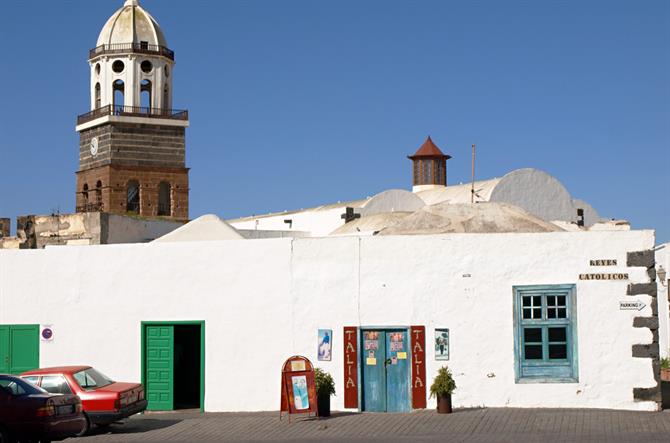
The historic town of Teguise
Lanzarote was the first of the Canary Islands to be conquered back in the early 15th century. Teguise was the main settlement established post conquest of the island, subsequently it's one of the oldest towns on the Canary Islands. Its name comes from a native princess who was married to a relation of conquering hero Jean de Bethencourt. As the aboriginal women were considered exceptionally beautiful, a lot of mixed marriages took place at that time.
Following the conquest Teguise quickly prospered, attracting adventurers, soldiers, entrepreneurs... and pirates. Between the 16th and 17th centuries attacks by Corsairs and various miscreants were all too common.
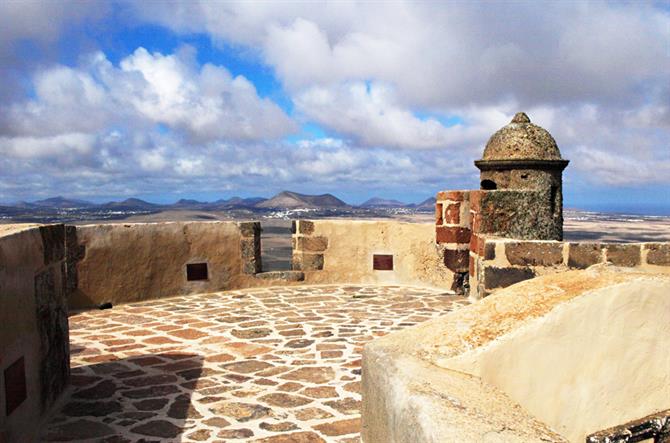
It was also the capital of Lanzarote from the 15th century until 1852 when current capital Arrecife took over the mantel.
What to see in Teguise
In many ways Teguise was a blueprint for famous architect, César Manrique's vision of Lanzarote; a town of immaculate, blindingly white low rise buildings surrounded by a surreal, volcanic landscape. What makes Teguise so attractive is that much of it has remained preserved for centuries.
My advice would be to just wander those cobbled old streets almost aimlessly, wallowing in the historic atmosphere as you pass charming cottages, elegant town-houses, convents, churches and pretty plazas. Saying that, there are a few places which shouldn't be missed.
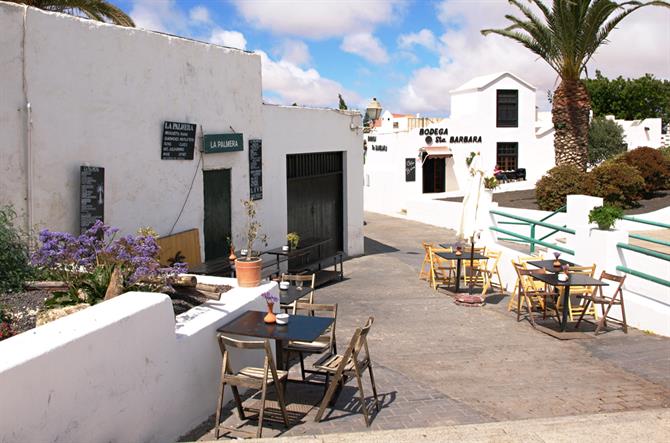
Plaza de la Constitucíon
The picturesque square in the centre of Teguise is a good place to relax on a stone bench enjoying views of some of the town's most interesting buildings. These include the 15th century windowless Iglesia de Nuestra Señora de Guadalupe and the Casa-Museo de Timple (open daily 9am to 4.30pm, 3.30pm on Sundays) dedicated to the small guitar which is the most emblematic of Canarian instruments.
El Molino
Located a short distance from the centre, the old windmill is a symbol for the eastern Canary Islands. These quiet giants were where cereals and grains were ground down to produce one of the staples of the island which has remained popular since before the conquest, gofio flour.
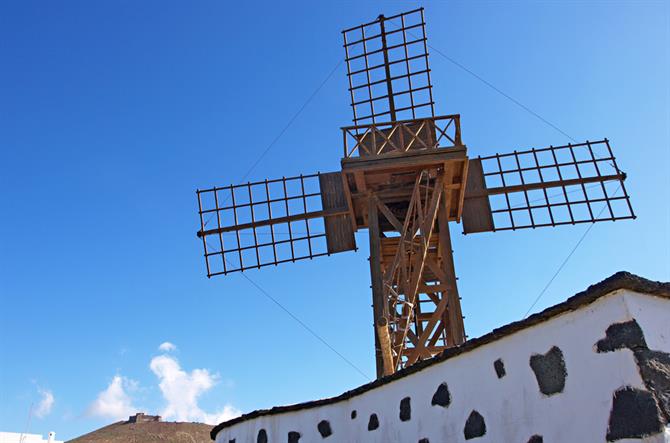
Castillo Santa Bárbara
The Castillo Santa Bárbara is the most impressive fortress I've seen in the Canary Islands. Perched on a hill above the town, the castle's thick walls match the ruddy landscape. It's a lovely looking fort. It's also home to the Pirate Museum (open daily 9am to 4pm, closed Sunday) where there are some golden nuggets about the colourful characters who used to be not so friendly visitors. As a bonus there are knock-out 360 degree views of Lanzarote's compelling volcanic landscape.
Where to eat in Teguise
If seeking authentic Canarian food head to Acatife beside the main plaza. The oldest restaurant in the municipality specialises in traditional food, especially goat and local cheeses. However, if you prefer lunching or dining in attractively colonial surroundings but choosing from a more modern menu with a bit more flair, then it has to be Cantina on Calle Léon y Castillo.
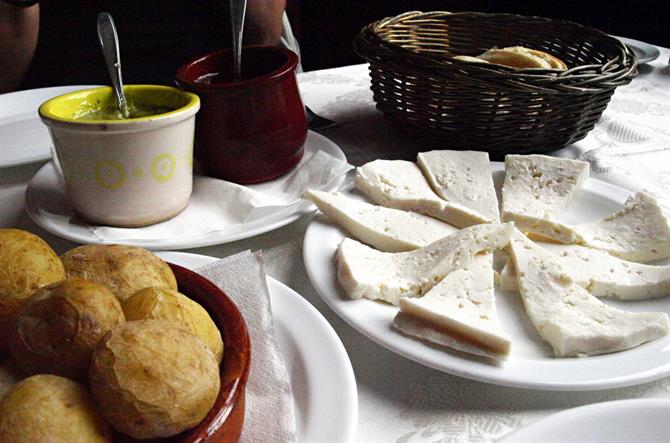
When to visit Teguise
To see Teguise at its most bustling, visit on a Sunday morning (9am till 2pm) when up to 400 stalls sell everything from local products to handicrafts to clothing. Look out for los novios de Mojon – naked aboriginal male and female clay figures; easy to spot as the male has a rather eye-catching feature.
For those who prefer more their historic streets more tranquil, visit any other time except market day.
In part two of Discover Teguise we head to the coast where there's a different but no less engaging scene altogether.
